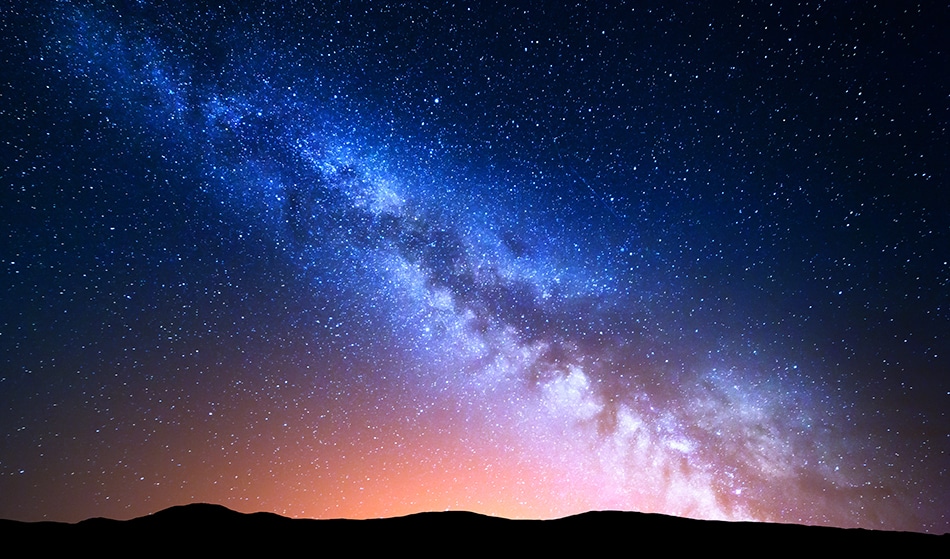Jul 27 2018
Although each and every star in the Milky Way galaxy is in motion, due to the distances, the changes in their position, the purported proper motions, are very minute and can be evaluated only using large telescopes over longer time periods.
 Image credit: Denis Belitsky / Shutterstock
Image credit: Denis Belitsky / Shutterstock
In some unusual cases, a foreground star passes a star in the background, at close proximity as observed from Earth. It is necessary that the light from this background star crosses the foreground star’s gravitational field where, rather than following straight paths, the light rays are bent. This is similar to a lens, apart from the fact that in this case, the deviation is brought about by the space and time distortion around any massive body.
This effect was one of the fundamental hypotheses of Einstein’s general theory of relativity and has been confirmed in solar system tests for many decades. Gravitational lensing is the term given to this distortion of light by the foreground star: the background star’s light is focused or deviated into a smaller angle, and the star looks brighter. The main effect is the change in the apparent position of the star on the sky since the deviation transfers the center of light in relation to other more faraway stars.
The mass of the lensing body is the only thing on which both these effects are dependent; here, it is the mass of the foreground star. Thus, gravitational lensing is a technique for weighing the mass of stars. Else, in reality, it is highly challenging to measure the mass of stars that are not part of a binary star.
Earlier, the challenge posed by this technique was the ability to estimate the motions of the stars with adequate precision. This study has been enabled by the splendid dataset of precisely billions of stellar positions and proper motions recently reported as the Gaia Data Release 2 by the ESA Gaia consortium. Jonas Klüter, who is now pursuing a PhD at Heidelberg University, used these data to search for such close passages of stars.
Of the several close encounters that will occur in the next five decades, two passages are ongoing at present: the closest angular separations will be attained in the next few weeks with measurable effects on the background stars’ positions. These two foreground stars have been named Ross 322 and Luyten 143-23; they move across the sky with evident velocities of about 1400 and 1600 milliarcseconds per year, respectively.
The closest angular separations between the foreground and background stars will respectively happen in July and August 2018 when there will be a shift in the evident positions of the background stars as a result of the astrometric microlensing effect, by 1.7 and 0.8 milliarcseconds. One milliarcsecond is the angle under which a human being lying on the surface of the moon would be viewed. Although it is a very difficult task, using the most sophisticated telescopes on Earth, it would be feasible to measure these displacements of stellar positions.
Jonas Klüter and his colleagues Ulrich Bastian, Markus Demleitner, and Joachim Wambsganss are planning an observational expedition to directly measure the masses of the foreground stars Ross 322 and Luyten 143-23 and to track the changes in the positions of the background stars, with the help of the telescopes of the European Southern Observatory (ESO) in Chile.